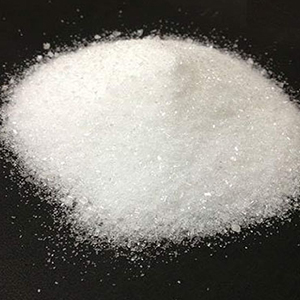
Barium Peroxide: ----,
CAS Number: 65-85-0,
Molecular Weight: 122.1,
Chemical Formula: C7H6O2,
EINECS EC Number: 200-618-2,
C7H6O2 -- 122.1 -- 65-85-0
Benzoic Acid
C7H6O2 122.12
Benzoic acid.
Benzoic acid [65-85-0].
Benzoic Acid contains not less than 99.5 percent and not more than 100.5 percent of C7H6O2, calculated on the anhydrous basis.
C7H6O2 Formula wt 122.12
INS: 210 CAS: [65-85-0]
C6H5COOH
Formula Wt 122.12
CAS Number 65-85-0